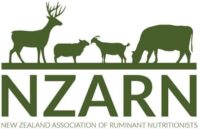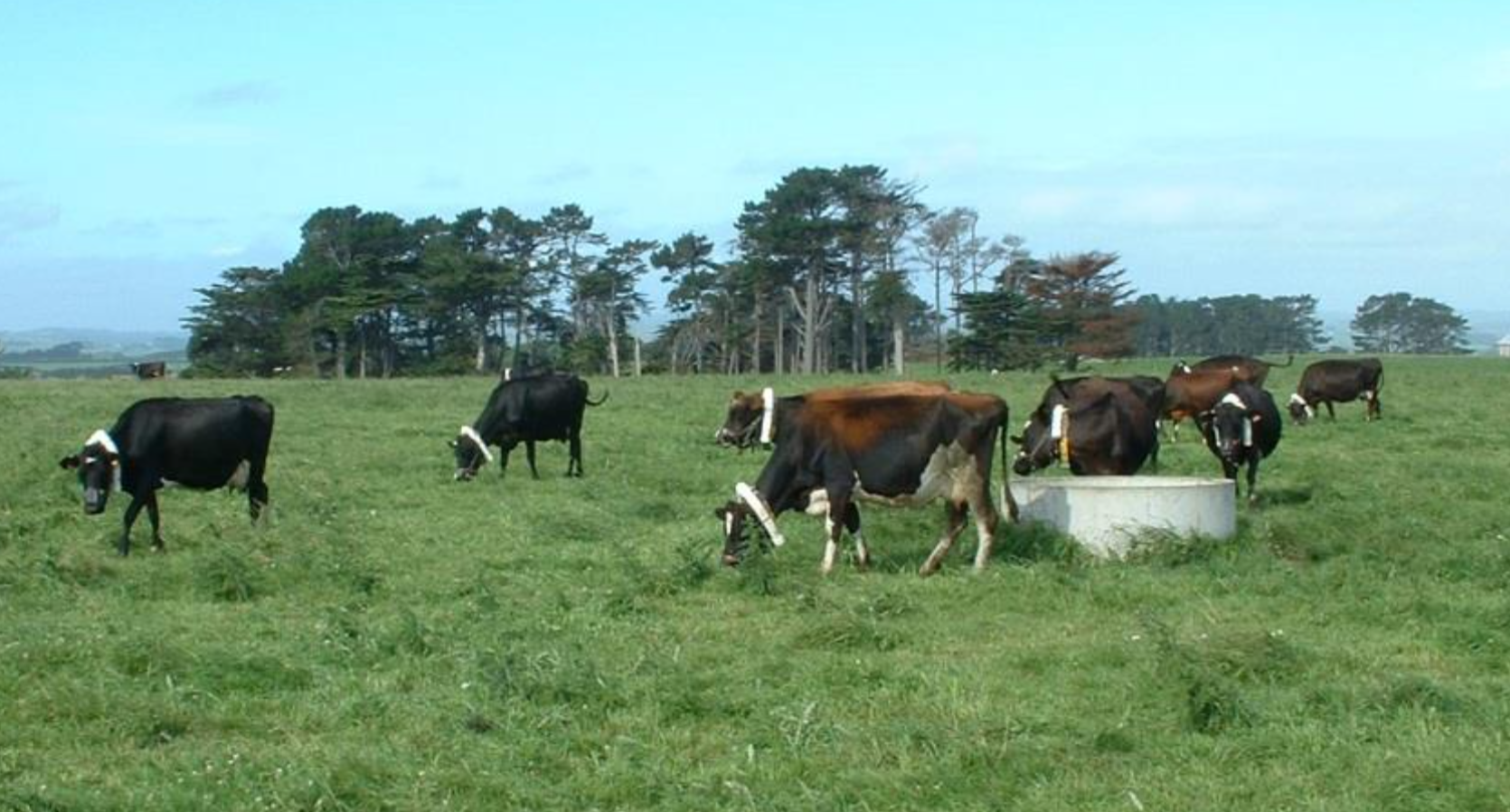Methane (CH4) is mainly formed in the rumen (87-92%) by methanogens which utilise microbially hydrogen produced in the rumen during fermentation of ingested feed. CH4 from animals is measured via gas exchange using flux methods like respiration chambers and marker methods in research trials and is expressed as production per time, per unit of intake (yield) or per unit of animal product (intensity). The main driver of CH4 is feed intake, however there is variation in CH4 output per unit of intake of 14% (1 × Stdev) and 28% (2 × Stdev) that can be explored.
The main factors influencing CH4 production in the rumen are the amount of substrate available to the microbes, the type of VFA produced (lower with propionate) which is greatly affected by rumen conditions, other hydrogen sinks (microbial growth on NH3, lipids, nitrates) and components that inhibit methanogens or hydrogen producing microbes. CH4 output is generally reduced with increased Non Structural Carbohydrates/reduced fibre in the diet (i.e. more digestible diet) at high feeding level, but vice versa at low feeding level. Feeding trials have confirmed a relationship between ruminal VFA pattern and CH4 with lower CH4 yield with increased propionate relative to acetate and butyrate. Also, a correlation between ruminal bacterial composition and variation of CH4 yield was shown.
Some feeds reduce CH4 yield: High sugar ryegrass and tetraploid ryegrass reduced CH4 yield compared to conventional diploid ryegrass; winter brassicas, especially forage rape, reduce CH4 yield greatly (25-35%) compared to ryegrass; Summer brassicas reduce CH4 yield (15-33% for leafy turnips; 10-16% forage rape) compared to ryegrass; fodder beet might also reduce CH4 yield, but mainly at high inclusion levels in the diet (>75% of diet). Other feeds, including plantain, are being tested. Overseas work shows that although higher dietary concentrate/starch levels reduced CH4 yield, this reduction is only apparent at high inclusion levels and the effect might disappear over time (adaptation of rumen microbial community, stabilisation of rumen environment).
CH4 yield linearly decreased with increasing condensed tannins concentration in the diet, including in NZ studies with birdsfoot trefoil, sulla and willow.
NZARN members a full copy of the presentation is available below if you are logged in.
Non-members looking for more information are encouraged to use our ‘contact a nutritionist’ form and ‘member directory’ to find a member who can help them answer their questions.
If you are a Rural Professional interested in joining the NZARN please see our ‘membership’ section.


